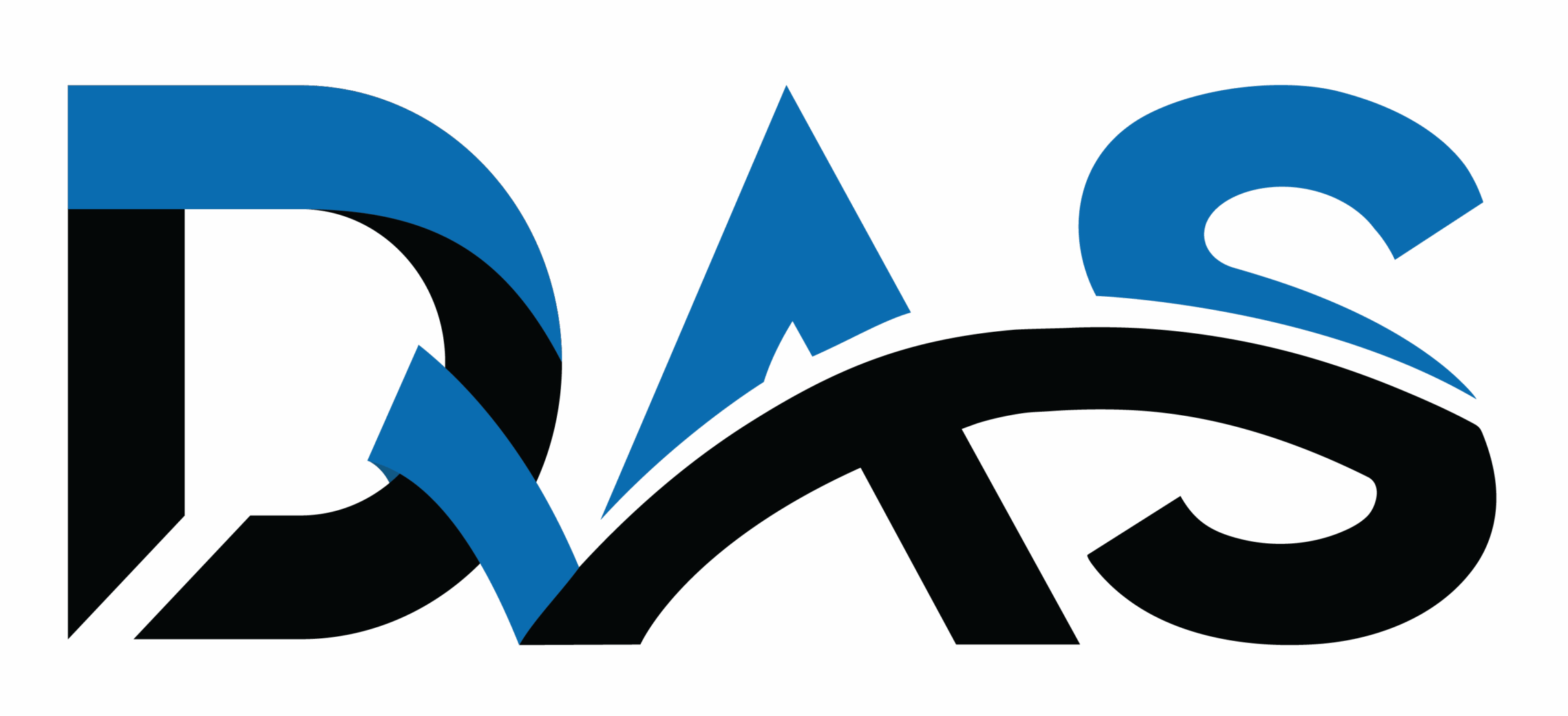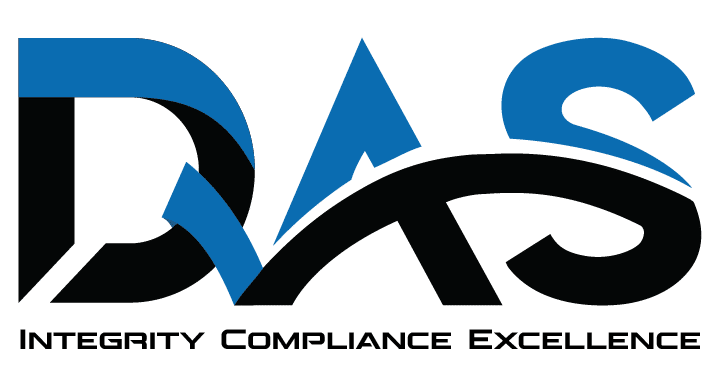Safe Use & Inspection of Rigging Gear
Rigging gear includes the equipment used to lift, move, and secure loads—such as slings, shackles, hooks, eyebolts, turnbuckles, chain hoists, and wire ropes. Proper inspection, handling, and usage of rigging equipment is critical in lifting operations to prevent failure, injuries, and property damage.
The safe use and inspection of rigging gear ensures:
- Load security
- Personnel safety
- Compliance with international standards like LEEA, OSHA, BS EN, and ISO 7531, 7592, 8792
Key Requirements for Safe Use & Inspection of Rigging Gear
Regulatory Compliance:
- Comply with LEEA, OSHA 1910 & 1926, ISO 23813 (Lifting operations), and local HSE laws
- Maintain inspection records and tagging systems
Qualified Personnel:
- Only trained and competent riggers/operators should handle rigging gear
- Supervisors must be certified in lifting and rigging inspection
Routine Inspections:
- Pre-use checks by operators
- Periodic detailed inspections by qualified inspectors
- Load testing as per equipment specifications and regulations
Proper Storage & Handling:
- Rigging gear must be stored in dry, clean areas away from chemicals or direct sunlight
- Damaged or worn-out gear must be removed from service immediately
Precautions Required for Safe Rigging Operations
- Always inspect rigging gear for damage, wear, and certification tags before use
- Never exceed the Working Load Limit (WLL) of gear
- Avoid shock loading and side loading
- Use appropriate slings and shackles for the type of load
- Ensure proper load balance and center of gravity
- Keep clear of suspended loads
- Maintain effective communication and signaling
- Use taglines to control load sway
- Wear proper PPE (gloves, helmets, safety shoes, etc.)
Training Required for Riggers and Operators
Rigger Training
- Identification of rigging gear (slings, shackles, chains, eye bolts, etc.)
- Load weight estimation and sling angle calculation
- Sling types and configurations (choker, basket, vertical)
- Inspection of rigging equipment and defect identification
- Proper use of hardware and lifting accessories
- Tagging and color-coding systems
- Rigging hazards and safe working practices
- Practical rigging and lifting operations
Operator & Signal Person Training
- Hand and radio signals
- Communication protocols during lifting
- Role and responsibilities of signal persons
- Safety zones and exclusion areas
Inspection Training (Advanced)
- In-depth visual and functional inspection methods
- Load testing principles
- Criteria for discarding defective equipment
- Documentation and record-keeping
DAS Training Services for Safe Use & Inspection of Rigging Gear
DAS Certification, as a Full Member of LEEA (UK) and a recognized 3rd party training, inspection, and certification body, provides international-standard training and certification for lifting and rigging operations.
✅ Rigging & Lifting Training Programs
- Basic Rigger Training
- Advanced Rigger Training
- Rigging Inspection Training
- Signal Person Training
- Lifting Supervisor Training
✅ Training Features
- Conducted by LEEA-qualified instructors
- Includes theory + practical demonstrations
- Custom training based on OSHA, LEEA, ISO, BS EN standards
- Training at DAS facilities or client’s premises
✅ Assessment & Certification
- Post-training evaluation (written + practical)
- Certification with validity and traceability
- Refresher training and re-certification available
✅ Support Services
- Rigging gear inspection services
- Load testing and certification of lifting equipment
- Safety audits and compliance consulting
- Development of lifting plans and procedures
- Rigging safety manuals and SOPs
Benefits of DAS Rigging Training Services
- Internationally recognized and accredited training
- Enhanced safety and reduction of lifting incidents
- Compliance with client, legal, and project standards
- Increased competency and confidence of personnel
- Support for third-party audits and certifications

